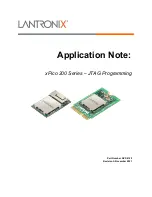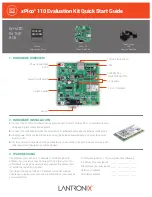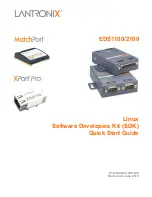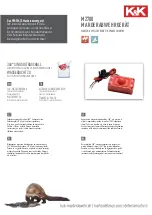
7. ACCEPTANCE TESTS
GEK-106305A
DTR Digital Tap Changer Controller
69
8. INSTALLATION AND MAINTENANCE
8.1 INSTALLATION
The relay should be installed in a clean, dry and dust-free place, with no vibrations. It should also be well-lit to
facilitate inspection and testing.
The relay should be mounted on a vertical surface. Figure 3 shows the diagram for panel drilling for panel mounting.
Given that the design of the DTR unit is based on high performance digital technology it is not necessary to
recalibrate the relay. However if the tests show that it is necessary to readjust the relay, it is recommended that the
unit should be returned to the manufacturer to have this done.
8.2 CONNECTION TO GROUND AND SUPPRESSION OF DISTURBANCES
Terminal A12 (see figure 1) should be connected to ground so that the disturbance suppression circuits in the system
work correctly. This connection should be as short as possible (preferably 25 cm or less) to guarantee maximum
protection. In this way the capacitors which are internally connected between the inputs and ground divert high
frequency disturbances directly to ground without passing through the electronic circuits, with the result that the
circuits are perfectly protected.
In addition this connection also guarantees the physical safety of the personnel who have to touch the relay, since
the whole casing is connected to ground.
8.3 MAINTENANCE
Given the important role that the protection relays play in the operation of any installation, a periodical program of
tests is highly recommended. The unit incorporates built-in diagnostic functions which permit immediate identification
with only the aid of the keyboard and display, the detection of some of the most likely circuit failures. Testing the unit
is recommended at intervals of 2 years or more. Although the built-in diagnosis does not reduce the average time
between failures, it does increase the availability of the protection because it allows a drastic reduction in the average
interruption time involved in detecting and repairing the fault.
The set of tests which can be carried out to test that all the features of the DTR unit function properly is described in
detail in the chapter entitled ACCEPTANCE TESTS.
Since most of the protection and communications functions are integrated in two separate programs, it is unlikely that
faults will occur due to problems of wear or aging which are typical in electromechanical, analog or hybrid protection
systems. Moreover, a failure in the communications processor does not affect the protection functions, which are
implemented by a dedicated processor.
Summary of Contents for DTR GEK-106305A
Page 5: ...TABLE OF CONTENTS 4 DTR Digital Tap Changer Controller GE 106305A ...
Page 49: ...4 PROGRAMMING THE UNIT 48 DTR Digital Tap Changer Controller GE 106305A ...
Page 55: ...5 TECHNICAL CHARACTERISTICS 54 DTR Digital Tap Changer Controller GE 106305A ...
Page 71: ...8 INSTALLATION AND MAINTENANCE 70 DTR Digital Tap Changer Controller GE 106305A ...
Page 83: ...9 KEYPAD AND DISPLAY 82 DTR Digital Tap Changer Controller GE 106305A ...
Page 87: ...FIGURES 86 DTR Digital Tap Changer Controller GE 106305A FIGURE 3 PANEL MOUNTING DIAGRAM ...
Page 88: ...FIGURES GEK 106305A DTR Digital Tap Changer Controller 87 FIGURE 4 RS 232 CONNECTION ...
Page 89: ...FIGURES 88 DTR Digital Tap Changer Controller GE 106305A FIGURE 5 DIMENSIONS DIAGRAM ...
Page 90: ...FIGURES GEK 106305A DTR Digital Tap Changer Controller 89 FIGURE 6 FRONT VIEW ...
Page 91: ...FIGURES 90 DTR Digital Tap Changer Controller GE 106305A FIGURE 8 GENERIC REAR VIEW ...
















































